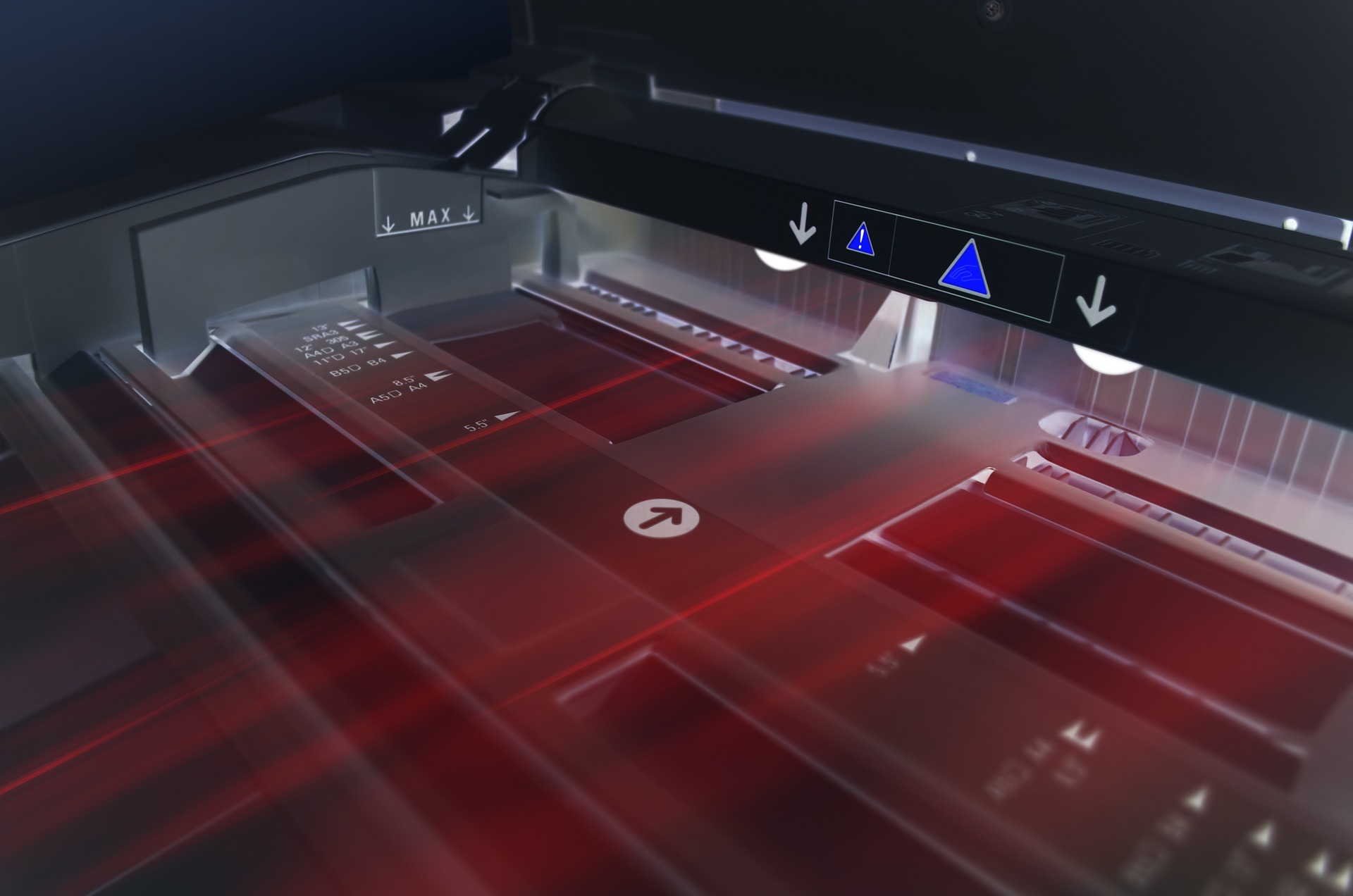"Shining Light on Photonic Computing: Powering the Future with Light"
Photonic computing, a field that leverages the power of light to process information at speeds that outstrip conventional electronic computers, has been steadily inching its way out of research laboratories and into the real world. This article delves into the intricacies of photonic computing, tracking its historical context, recent developments, and potential for future impact.
Introduction
Photonic computing, a realm where information is processed and transmitted with light, is treading the path from scientific laboratories to real-world applications. Let’s traverse the journey of this groundbreaking technology, exploring its origins, recent advancements, and future potential.
A Glimpse into the Past: The Emergence of Photonic Computing
The concept of photonic computing originated in the late 20th century, at a time when researchers were exploring alternatives to traditional computing methods. The idea was simple yet revolutionary: use light instead of electricity to process and convey information. This concept promised a significant leap in speed and efficiency, given light’s ability to travel faster than electrical signals. Over the decades, scientists have made strides in developing optical components like waveguides, lasers, and detectors, laying the groundwork for photonic computers.
The Present: Where Does Photonic Computing Stand Today?
Fast forward to the present day, photonic computing has advanced from theoretical concept to tangible technology. In recent news, researchers at EPFL (École polytechnique fédérale de Lausanne) in Switzerland have developed a groundbreaking photonic processor that can perform complex mathematical computations at unprecedented speeds. This achievement underscores the significant progress made in this field and signals a promising future.
Photonic Computing: The Product and The Market
The potential for photonic computing extends far beyond faster processing speeds. The ability to process data with light could drastically reduce the energy consumption of data centers, which currently account for about 1% of global electricity use. As for market impact, the technology could revolutionize industries reliant on high-speed data processing, such as finance and telecommunications. However, with this technology still in its nascent stage, it is difficult to estimate the exact price range of photonic computers at this time.
Validation of Claims: Research-Backed Facts
The claims about photonic computing aren’t mere conjecture. Multiple research studies back the potential of this technology. For instance, a study published in Nature Photonics outlines how photonic computing can potentially outperform electronic computing in speed and energy efficiency. Another research by the University of California, Berkeley, details the development of a new photonic switch that could lead to more efficient data transmission.
The Road Ahead: Future of Photonic Computing
While photonic computing is making strides, it’s still a long road ahead until this technology becomes commonplace. The challenge lies in integrating photonic components with electronic ones, as well as reducing the size and cost of these components. Yet, with rapid advancements in material science and nanotechnology, a future powered by light may not be as far off as we think.
In conclusion, photonic computing represents a paradigm shift in data processing technology. Although still in its early stages, it is a field brimming with potential, set to revolutionize our digital world. At the intersection of optics, electronics, and computing, it stands as a testament to human ingenuity, pushing the boundaries of what’s possible in the realm of technology.






